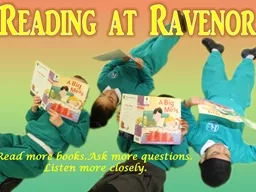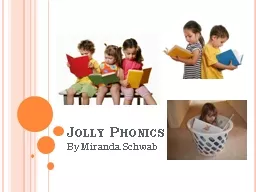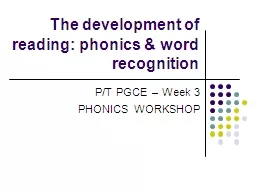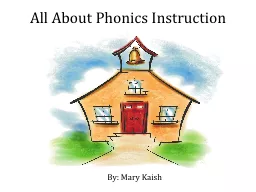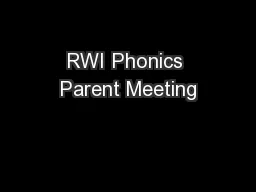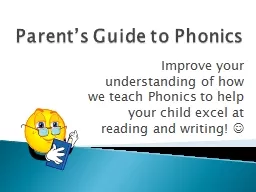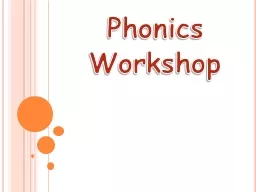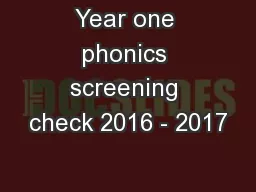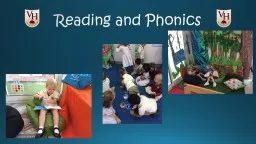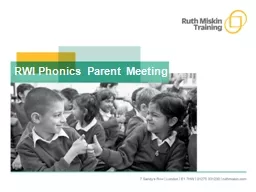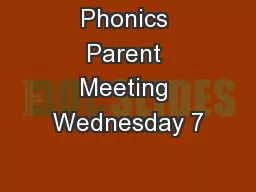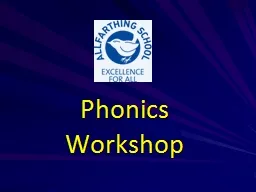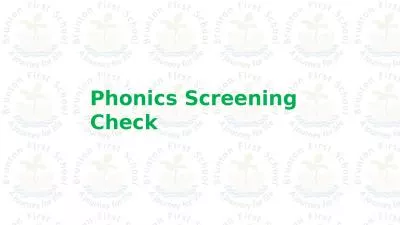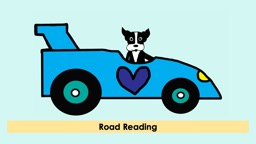PPT-Reading at Ravenor To share how phonics and reading are taught at
Author : min-jolicoeur | Published Date : 2018-10-28
Ravenor To outline the different stages in phonic development To develop your confidence in helping your children with phonics and reading To share resources which
Presentation Embed Code
Download Presentation
Download Presentation The PPT/PDF document "Reading at Ravenor To share how phonics..." is the property of its rightful owner. Permission is granted to download and print the materials on this website for personal, non-commercial use only, and to display it on your personal computer provided you do not modify the materials and that you retain all copyright notices contained in the materials. By downloading content from our website, you accept the terms of this agreement.
Reading at Ravenor To share how phonics and reading are taught at: Transcript
Download Rules Of Document
"Reading at Ravenor To share how phonics and reading are taught at"The content belongs to its owner. You may download and print it for personal use, without modification, and keep all copyright notices. By downloading, you agree to these terms.
Related Documents

